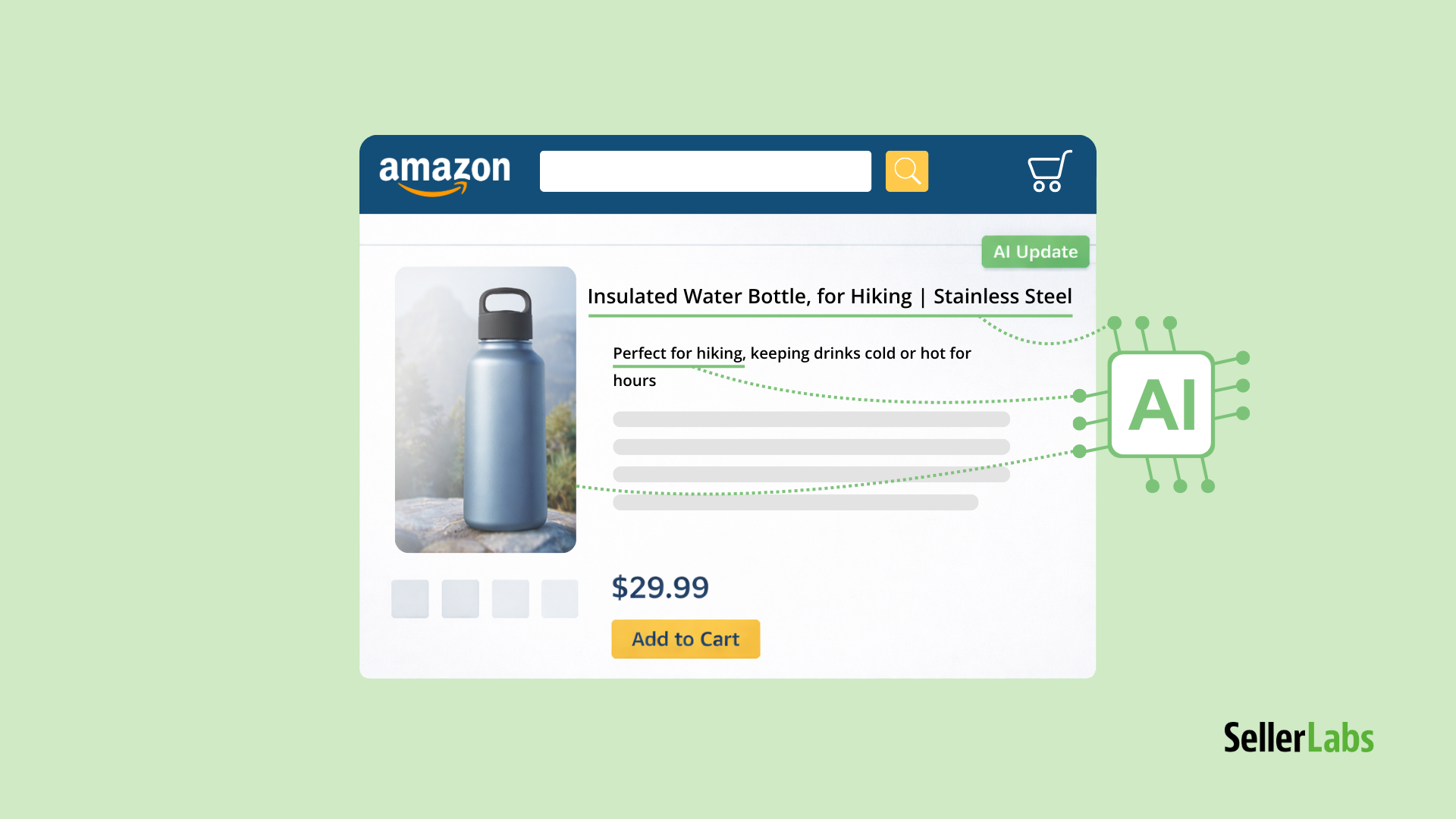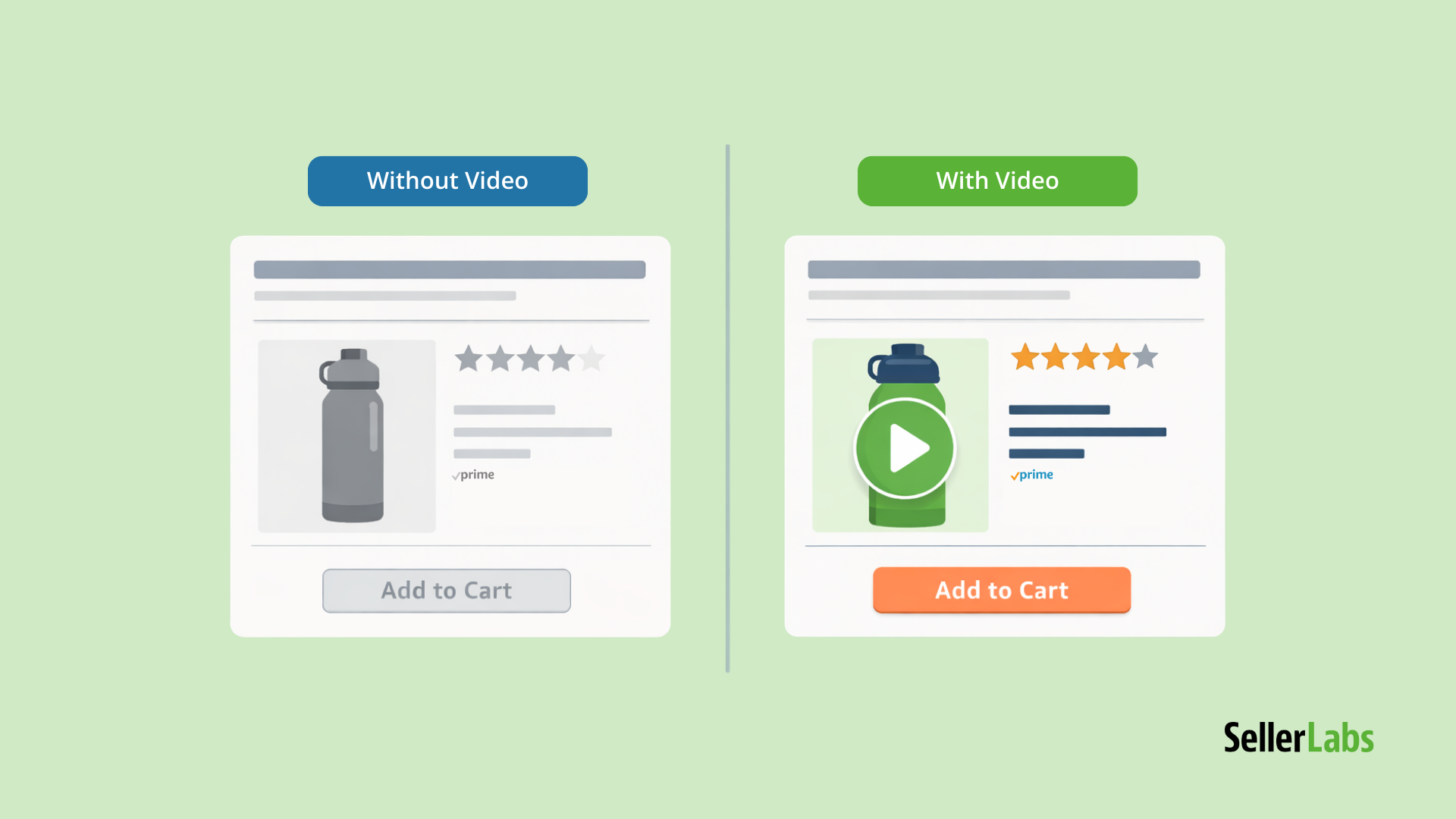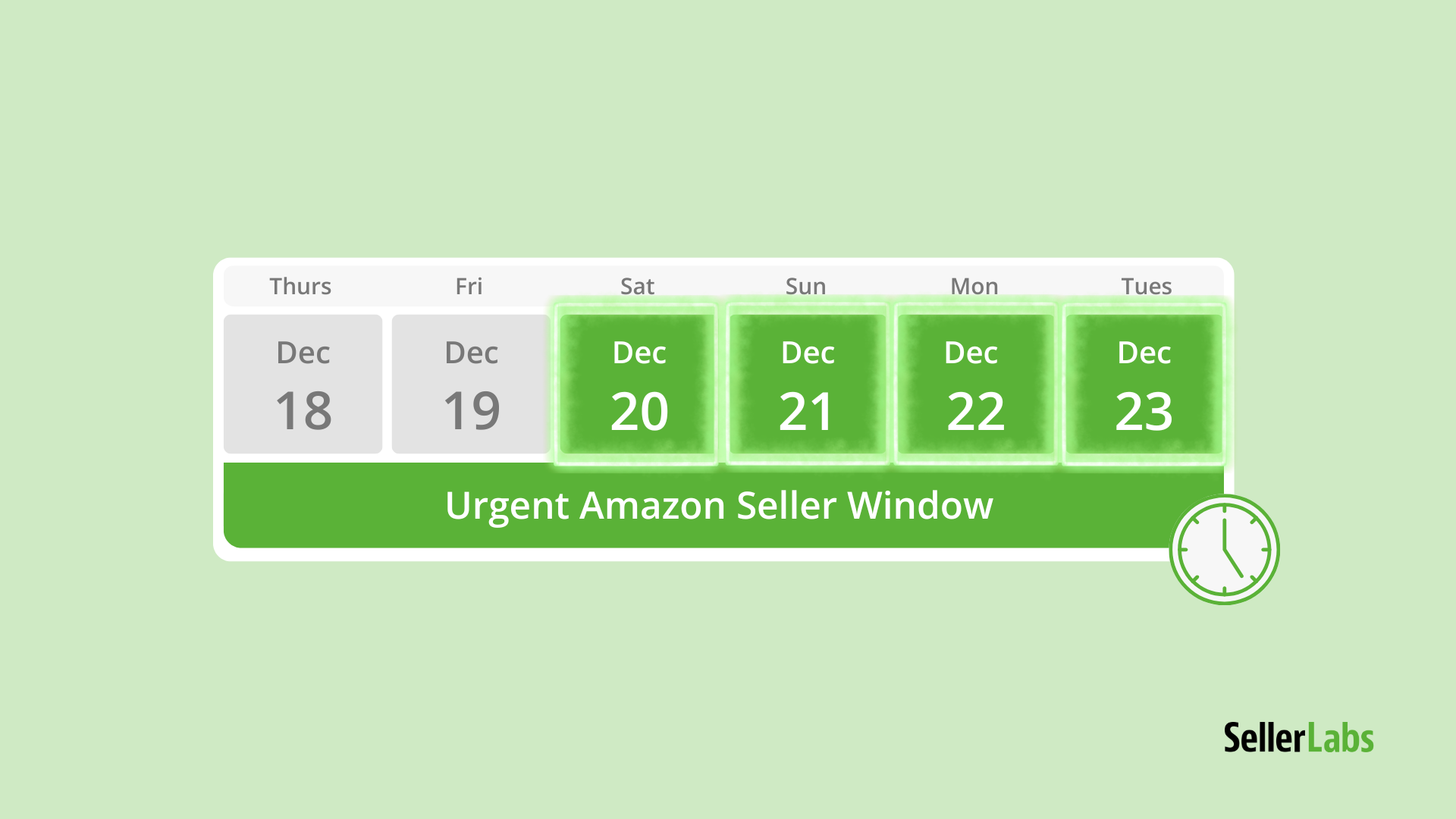📈 Why Scaling Amazon Feels Overwhelming (and How to Fix It)
Every Amazon seller eventually hits the same wall:
- “How do I scale without burning out?”
- “Why am I selling more but making less?”
- “Which tools actually matter for growth?”
The truth? Scaling isn’t about selling more products — it’s about building systems that save time, protect margins, and guide smarter decisions.
According to Amazon’s ISV Growth Strategies Playbook (AWS), the sellers who succeed long-term consistently do two things:
- Automate what can be automated.
- Invest in data-driven decisions, not gut instinct.
Let’s break down how to do both.
Quick Summary for Busy Sellers
- Scaling = systems. Automate reviews, ads, and profit tracking to save 10–15 hours per week.
- Profit clarity matters. High sales mean nothing if your margins shrink.
- Manual tools are a start. Use free Seller Labs spreadsheets to learn your numbers, then scale with automation.
- Advanced growth = expansion. New SKUs, categories, and even Shopify stores can unlock fresh revenue streams.
Step 1: Save Time With Automation (Start Small)
One of the biggest bottlenecks in scaling is time.
Common time drains for Amazon sellers:
- Manually sending review requests
- Updating ad bids by hand
- Tracking COGS and returns in spreadsheets
- Managing multiple SKUs across channels
Fix: Automate the busywork.
- Reviews → Automate review requests with tools like Feedback Genius. Consistency = more reviews, less effort.
- Ads → Let algorithms optimize bids daily with Ad Genius. Sellers often see reduced wasted ad spend by allowing data-driven automation to guide bid adjustments.
- Profit tracking → Stop updating spreadsheets daily; Profit Genius provides real-time margins per SKU.
💡 Example: One Seller Labs customer managing 50 SKUs gained back over 12 hours per week by switching from manual spreadsheets to automated profit tracking — freeing up time for sourcing and growth.
Step 2: Get Profit Clarity With Free Seller Labs Tools (Manual Mode)
Before you can scale, you need visibility into your numbers. Seller Labs offers free, shareable spreadsheets that give Amazon sellers a foundation to track what matters most:
- 📊 Budget Pacing Alert Tool
Stay on top of ad spend pacing without guesswork. Run a Sponsored Products Campaign report, paste in your campaign, budget, and spend data, and the sheet flags whether you’re on pace, need to watch, or are overspending.
Example: If you see red (≥ 80% used early in the day), cut bids by ~10–12% or shift budget to protect ROI.
- 📦Bundle Profit Calculator
Instantly calculate whether single SKUs, bundles or promotions are profitable. Paste in SKU prices, FBA fees, and referral data, then add your COGS, promotions %, and ad spend %. The sheet auto-returns net revenue, gross profit, breakeven CPC, target ACoS, and pass/fail.
Example: Before launching a new bundle, test if it meets margin targets without wasting ad dollars.
- 🔴 ROP (Reorder Point) Redlight Tool
Prevent stockouts (or dead inventory) by calculating the exact reorder point for your SKUs. Input demand data and lead times, and the sheet signals when it’s time to reorder.
Example: A seller moving 100 units/week with a 3-week lead time sees a red light at 400 units — meaning reorder now to avoid losing Buy Box visibility.
These free tools are perfect for manual tracking when you’re starting small. But as your catalog and ad spend grow, constantly updating spreadsheets by hand gets painful — and mistakes cost money.
Step 3: Manual Mode vs. Auto Mode
Here’s where growth-minded sellers flip the switch from manual to auto:
- Manual Mode (Spreadsheets)
- Great for beginners
- Helps you learn your numbers
- Requires daily/weekly updates
- Auto Mode (Seller Labs Tools)
- Profit Genius = real-time profit tracking per SKU
- Ad Genius = automated ad pacing + optimizations
- Alerts = instant warnings when margins or budgets slip
Think of spreadsheets as your Amazon finance training wheels. Once you’re ready to scale, automation becomes the engine that keeps you balanced at speed.
Step 4: Use Data to Scale Smarter
Growth without data is just guessing. Sellers who rely only on “what’s selling” often scale the wrong SKUs.
Better question: “What’s earning the most profit?”
Data-driven scaling means tracking:
- Unit velocity (sales volume)
- Profit margin per SKU (profitability)
- ACoS/ROAS (ad performance)
- Return rates (hidden cost killer)
💡Example: A kitchen seller found that their “bestseller” ($15 gadget) made just $0.50 profit per unit after ads and returns. By shifting spend to a $35 item with a $9 margin, overall profits doubled in one quarter even though total sales volume dropped.
Step 5: Growth Strategies From Amazon’s Playbook
Amazon’s AWS ISV Growth Strategies guide suggests proven ways to scale. Here are a few adapted for sellers:
- Automate customer engagement → Consistent review requests and smart follow-ups boost credibility.
- Optimize advertising ROI → Scale ads that meet profitability goals, cut losers quickly.
- Expand product lines → Launch complementary SKUs or bundles to raise average order value.
- Diversify channels → Many top Amazon sellers also build Shopify stores for off-Amazon revenue.
- Leverage analytics → Use tools that surface hidden trends and KPIs so you can act before competitors do.
Step 6: Advanced Scaling Tips Sellers Ask About
Beyond automation and data, sellers often ask:
Should I expand into new categories?
Yes — but do it strategically. Start with categories adjacent to your existing niche (e.g., a pet toy seller expanding into grooming supplies).
Should I add more SKUs?
Yes — but test profitability before scaling production. A small-batch launch with 50–100 units can validate demand and margins.
Should I sell outside Amazon?
Many successful Amazon brands open a Shopify store to:
- Control branding
- Capture customer emails (Amazon doesn’t share buyer data)
- Diversify revenue streams
Final Takeaway
Scaling your Amazon business isn’t about doing more. It’s about doing the right things smarter:
- Automate repetitive tasks
- Track real profit (manual → auto when ready)
- Use data to guide ad spend and SKU strategy
- Explore new categories and channels when margins are stable
Next Step:
Start with our free spreadsheets (Budget Pacing Alert, Bundle Profit Calculator, ROP Redlight Tool). Then, when you’re ready to grow, flip to automation with Seller Labs Profit Genius and Ad Genius.
FAQ: Scaling Amazon in 2025
Automate reviews, ads, and profit tracking to free 10–15 hours per week.
Focusing on sales instead of profit. A “bestseller” can still lose money after fees and ads.
Start with Amazon, but once margins are healthy, explore Shopify or new categories to diversify revenue.
Not at first — use free spreadsheets. But when your SKU count or ad spend grows, automation is essential.
Ready to scale smarter — and protect your profit margins?
Turn Seller Labs automation and insights into sustainable Amazon growth.
For a limited time, get 30% off your first month — after your 30-day free trial.
Related Blogs
- Low Inventory Level Fees: Do You Know How Much Amazon Is Charging You?
Learn how new low-inventory fees impact profitability and what steps to take to minimize costs. - Master Amazon Inventory Like a Pro in 2025 with Seller Labs
Get expert inventory management strategies to boost sell-through rates and prevent stockouts. - Amazon 2025 Fee Changes: How They Affect Sellers
Understand Amazon’s latest 2025 fee updates and how to adapt your pricing to stay profitable. - Amazon Buyer-Seller Messaging Suspension: How to Address & Prevent It
Protect your communication privileges and learn what triggers Amazon’s messaging suspensions. - Amazon SEO: How to Optimize Your Product Listings for Higher Rankings & Sales
Boost visibility and sales with optimized product listings that align with Amazon’s latest A10 updates.





